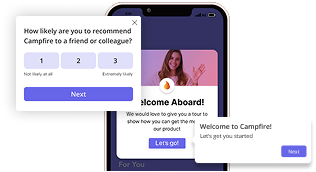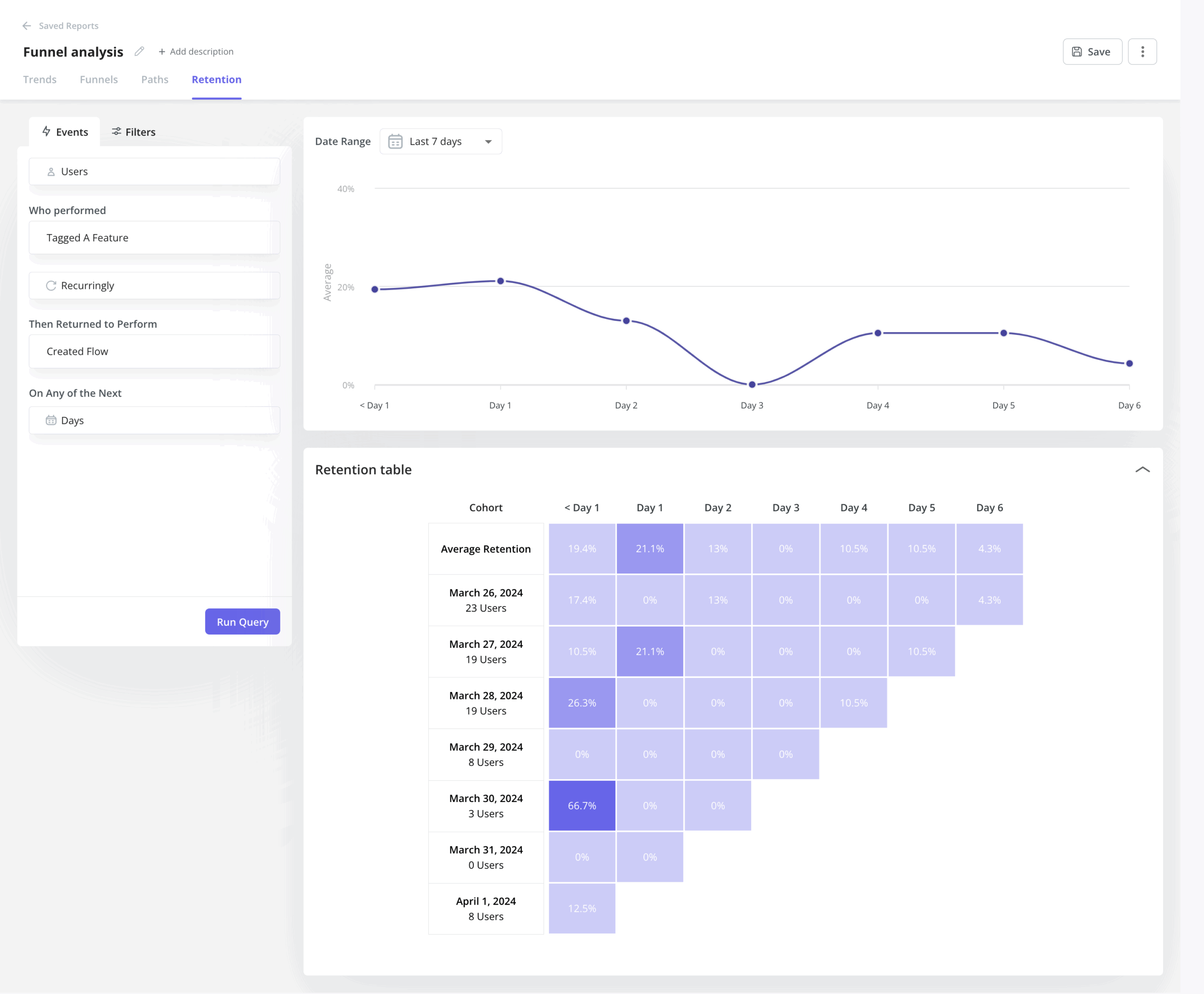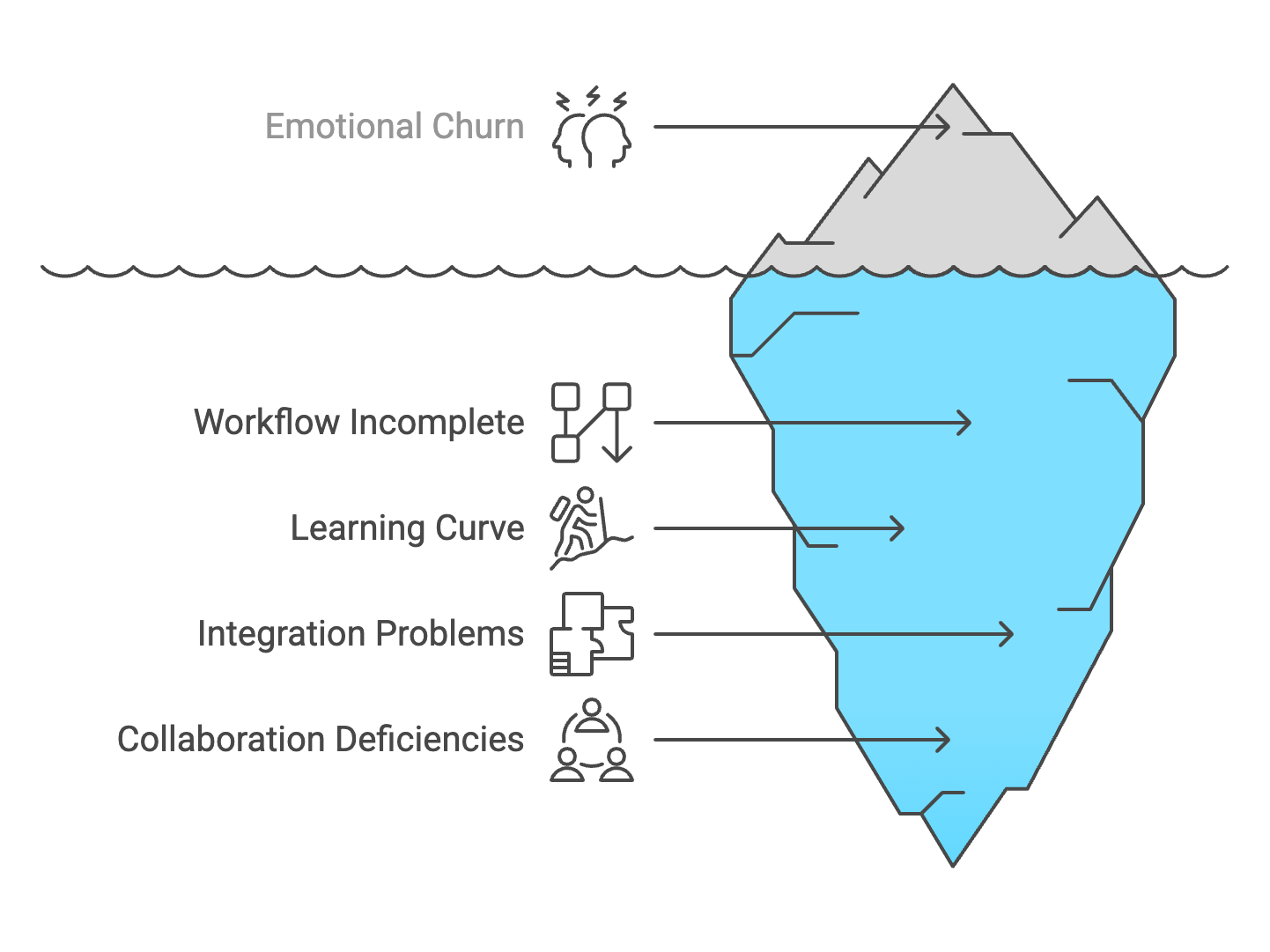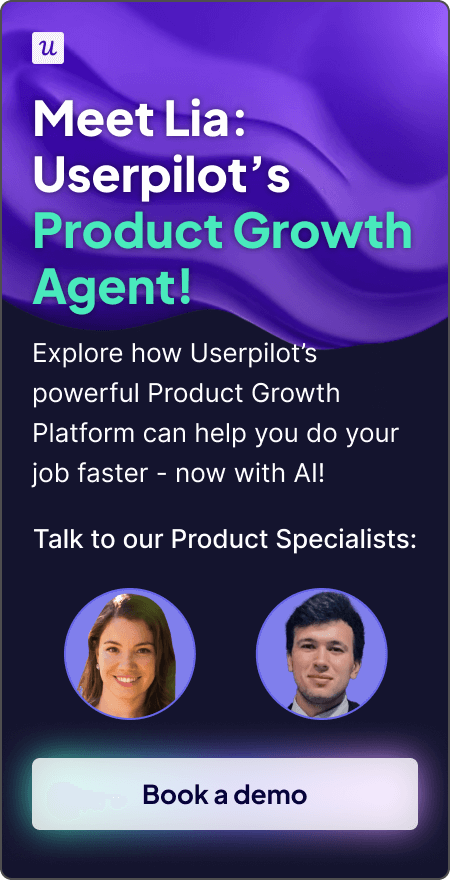Emotional Churn: The Silent Killer of Enterprise Products
Churn, or its more positively oriented counterpart, retention, is critical to any subscription-based software business.
Regardless of how rapidly you’re acquiring accounts or generating revenue, your business isn’t truly healthy unless you’re retaining your user base.
While there are multiple common definitions of churn in this article, including customer churn and revenue churn, I would like to introduce and elaborate on a new concept: emotional churn.
Try Userpilot Now
See Why 1,000+ Teams Choose Userpilot

How emotional churn is distinct from other retention dimensions
Emotional churn describes the phenomenon where end-users mentally disengage from your product, independent of any contractual arrangements. This disengagement often occurs long before the actual buyer, the person who authorized the purchase, terminates the contract.
At its core, emotional churn occurs when your target users become psychologically ready to explore alternatives, though they haven’t yet taken concrete steps to evaluate competitors. This creates a dangerous period where your deployment exists in a state of apathetic limbo, hampering expansion opportunities.
The most telling indicator of emotional churn is the disappearance of product champions within an organization. When emotional churn takes hold, you’ll notice fewer advocates and active users.
Why does emotional churn occur?
While there are a myriad of issues and circumstances that can be the initial trigger, there are some common themes that product and success teams can watch out for:
- Poor onboarding and a long learning curve.
- Inability to complete the main workflow, especially in comparison to other solutions.
- Integration challenges with other tools in their workflow.
- A lack of multiplayer mode and collaboration features that allow a collaborative environment.
How to spot emotional churn before it strikes
The aspect of emotional churn that catches most product development teams off guard is that dashboards can appear healthy up and until commercial churn hits.
So, how can you spot the signs and get ahead of it?
First, it’s important to understand and monitor the core flows of your product: are they being exercised with the same frequency and level of engagement as always?

You have to break down usage by cohorts of users to find potential trends, as behavior can vary across geographies, segments, plans, etc.
Looking at feature-level adoption is a great way to understand if users are engaging in behaviors that make them stick. If new features are built and launched with customer learning rigor but don’t get utilized, that is a sign of emotional churn setting in.
Ideally, all product improvement and innovation are sourced from customer feedback. But one signal of emotional churn is a lack of input; users not bothering to respond to surveys, not taking the time to file bugs, and not accepting research calls are all examples of emotional churn.
How to tactically combat and get ahead of emotional churn
If you can spot the signs, there are multiple ways to counter emotional churn before it truly sets in and affects customer relationships. The time-to-value metrics mentioned earlier serve as a good starting point to optimize, whether by simplifying workflows or reducing friction. Consistently getting more users to the ‘Aha’ moment is the key to preventing emotional churn.
And these ideas don’t just apply to new cohorts of users; you should also re-onboard existing users. You can treat disengaged users like new ones by offering guided tours and personalized outreach to help them rediscover the value of your product. This is especially critical if you’ve launched new features that they may not be aware of.
Beyond product changes to stay ahead of emotional churn, there are a slew of human-touch tactics that can be employed:
- Use analytics to identify accounts with declining usage and flag them for intervention. Your customer success team should have a playbook for re-engaging these accounts before it’s too late.
- Identify power users or champions within the account and empower them to advocate for your product internally. Give them exclusive access to new features, invite them to beta programs, or spotlight their success stories.
- If users are frustrated, show them you’re listening. Share how their feedback has influenced your roadmap, and prioritize fixes or improvements that address their pain points.
Sometimes, emotional churn happens because the buyer’s goals (e.g., cost savings) don’t align with the user’s goals (e.g., ease of use). Make sure your product delivers value to both groups and communicate that value clearly.
A case study on the financial impact of avoiding emotional churn
When I served as the GM of Box Platform, we managed both free and paid users of our developer products, with the business primarily focused on monetizing API access in various ways.
One strategy we employed to identify potential revenue opportunities was examining unpaid API usage and attempting to convert these users to paid accounts by offering premium packages with enhanced features.
During these conversations, we encountered resistance from certain enterprises. As we investigated this segment, we discovered they were using our APIs to customize their Box deployments, often building features they perceived as missing from the core product.
In these cases, attempting to extract additional licensing fees proved not only challenging but also created significant tension. Customers felt they were already doing the work to make their implementation successful using our APIs. By asking them to pay for what they viewed as essential customization tools, we risked triggering emotional churn.
This process revealed a valuable insight: when we set monetization concerns aside and provided unrestricted API access, customers not only customized their deployments more effectively but also maintained their subscriptions significantly longer.
API usage drove retention by double-digit percentages, surpassing any other factor. This correlation made intuitive sense: enterprises investing internal developer resources to build on our platform naturally became more deeply integrated with our solution. What began as a lead generation tactic evolved into a strategy for preventing emotional churn, ultimately reshaping our overall business approach and key metrics.
A unified approach to addressing emotional churn for business health
Ultimately, the path to preventing emotional churn involves both product changes seen by users and account engagement felt by users.
And getting and staying ahead of it matters because it’s not only a user issue, but also a business problem; disengaged users lead to dissatisfied buyers, which have ripple effects on both deal renewal and account expansion.
If that negative cycle persists, it will eventually lead to reputational risk, which also affects the top of the funnel for new logo acquisition.
So if you’re focused on growing a healthy software subscription business, start looking at your user base through the lens of emotional churn, and focus on turning apathy into energy.
Don’t Miss Out on Expert Knowledge That Keeps You Ahead.



